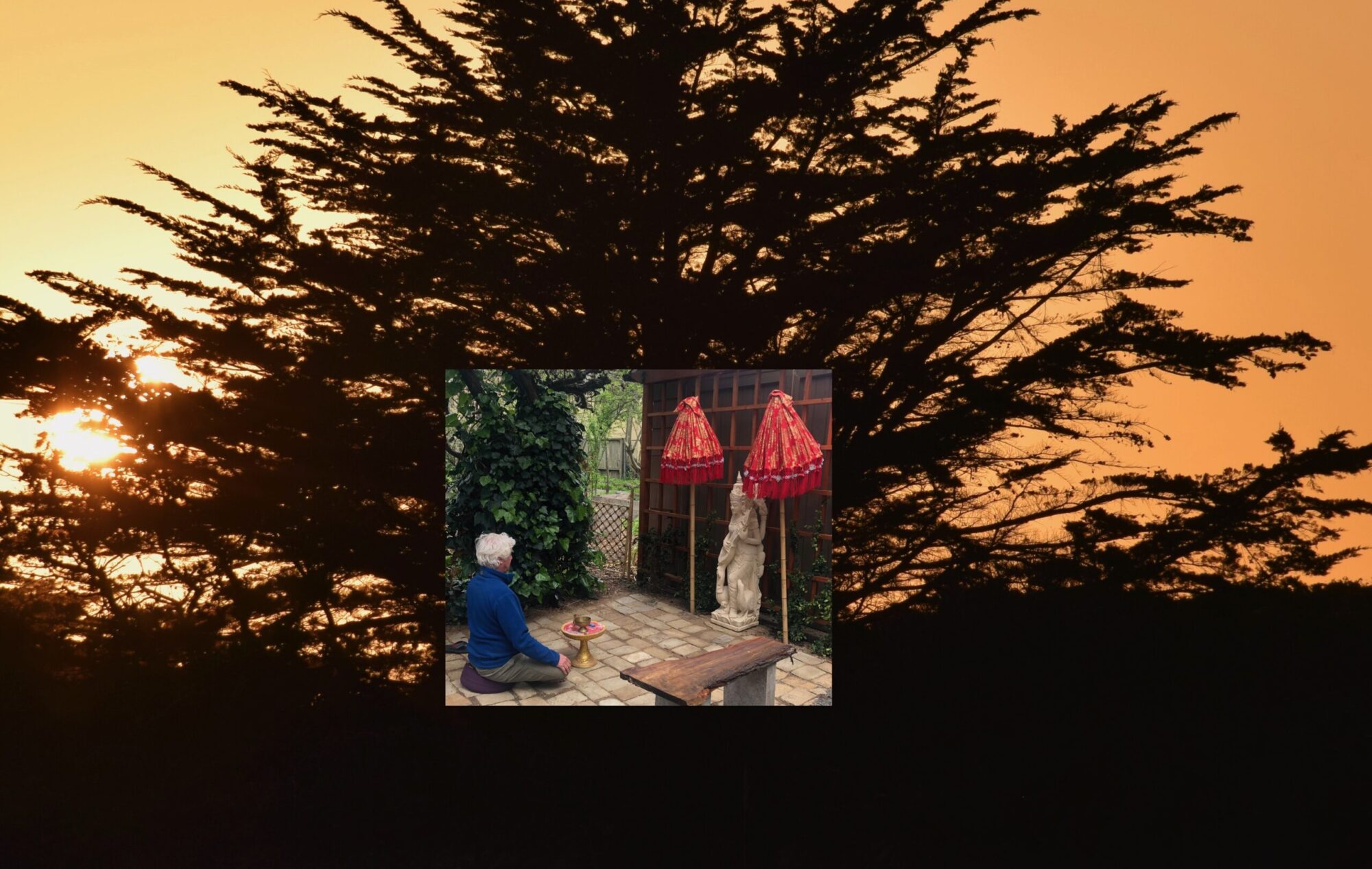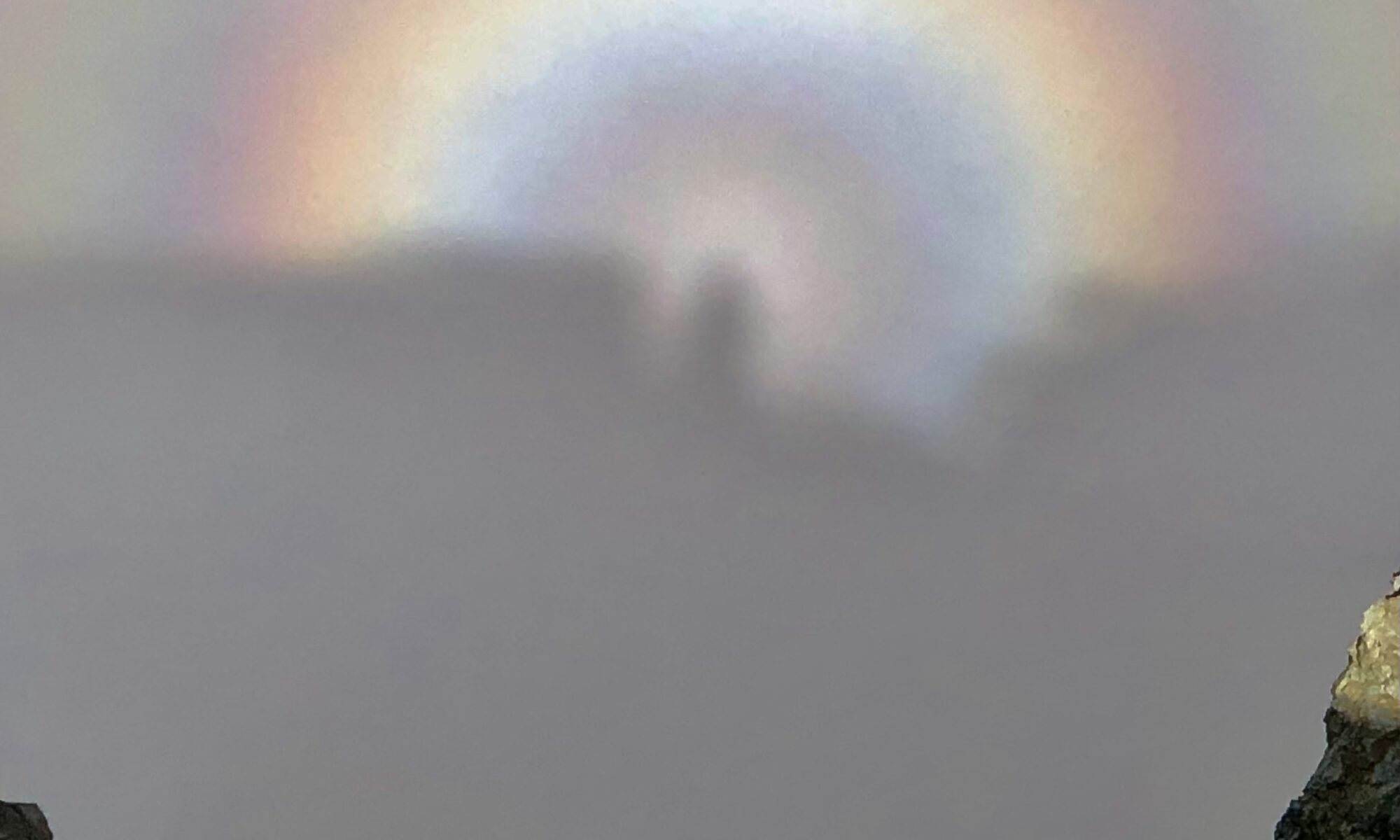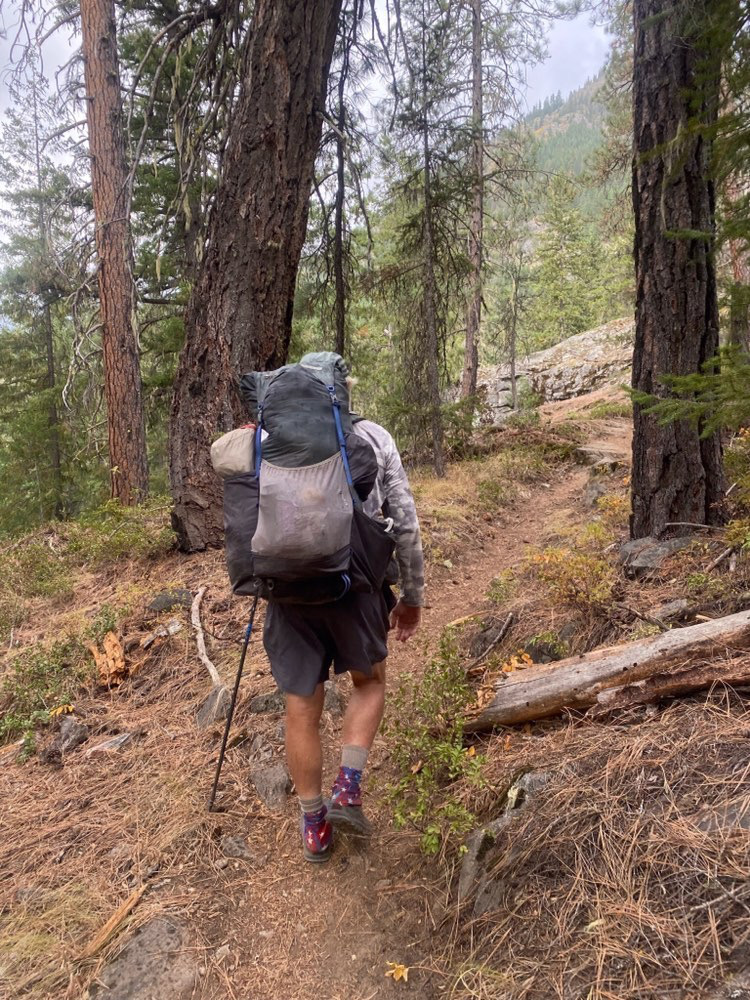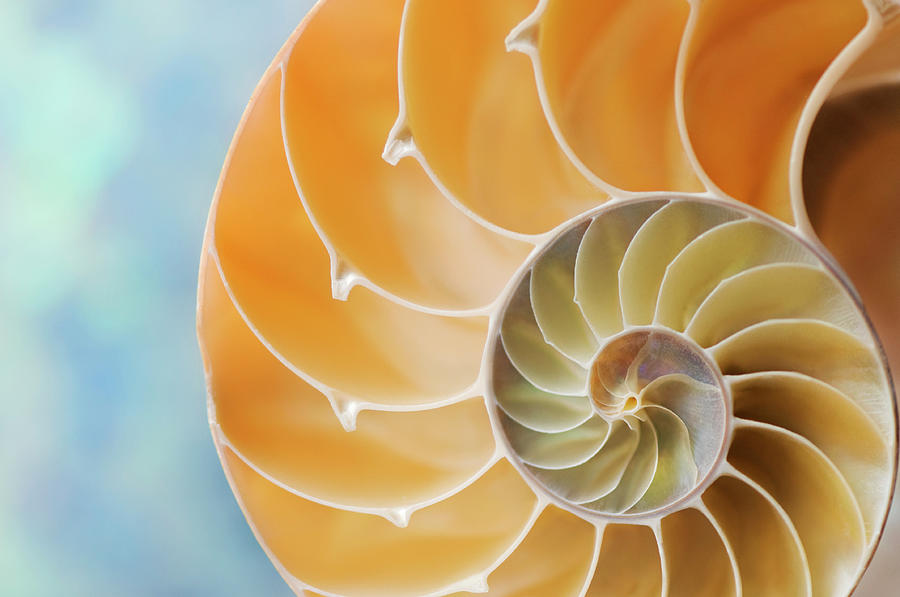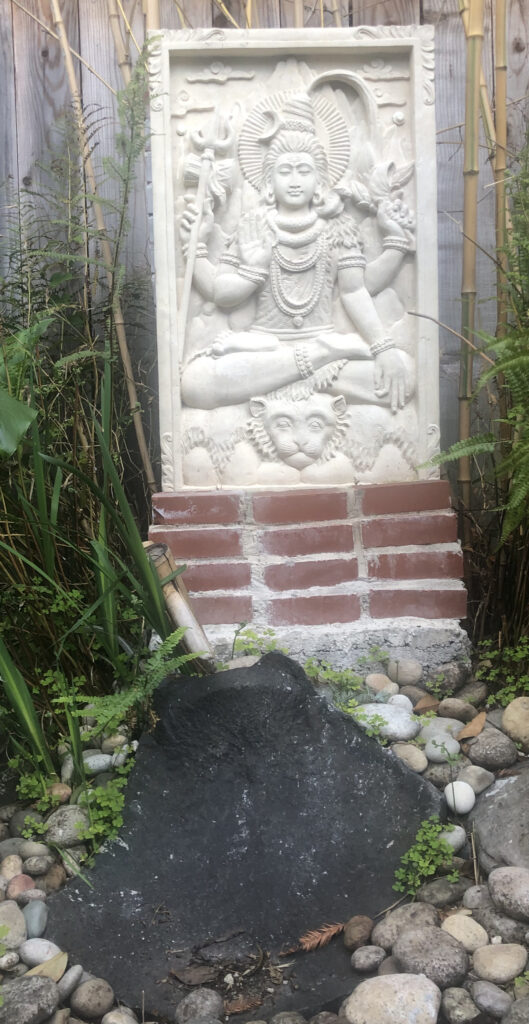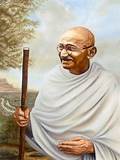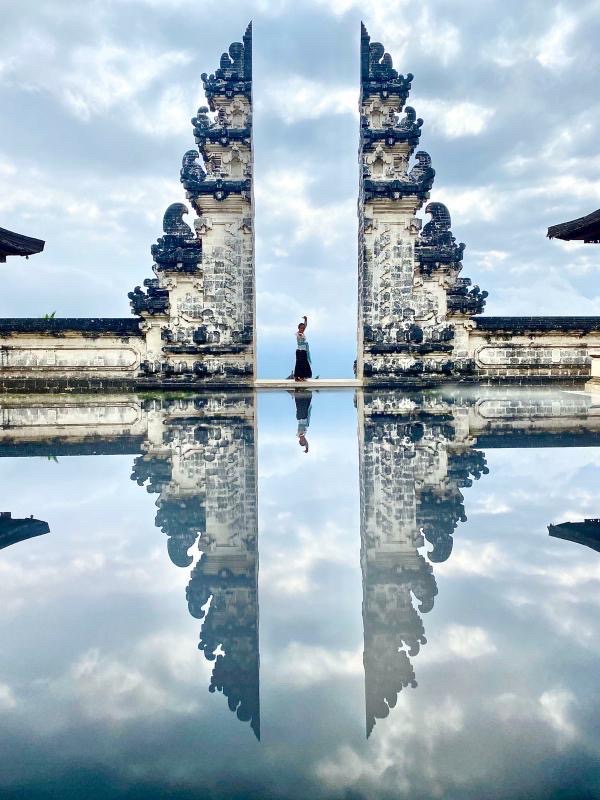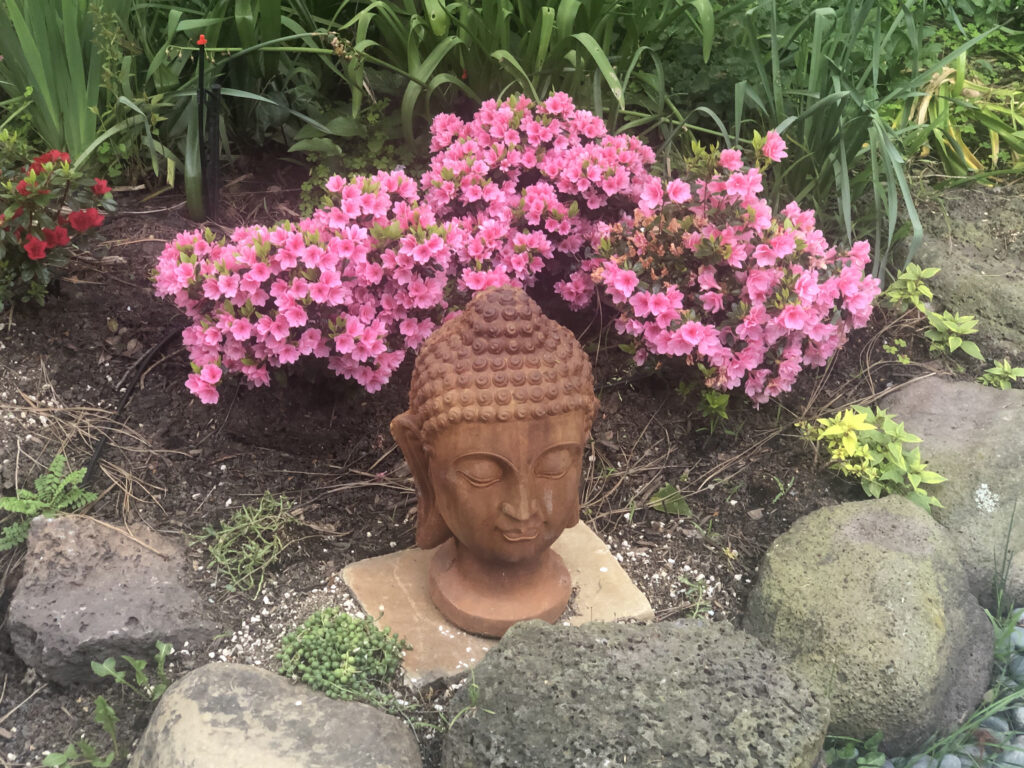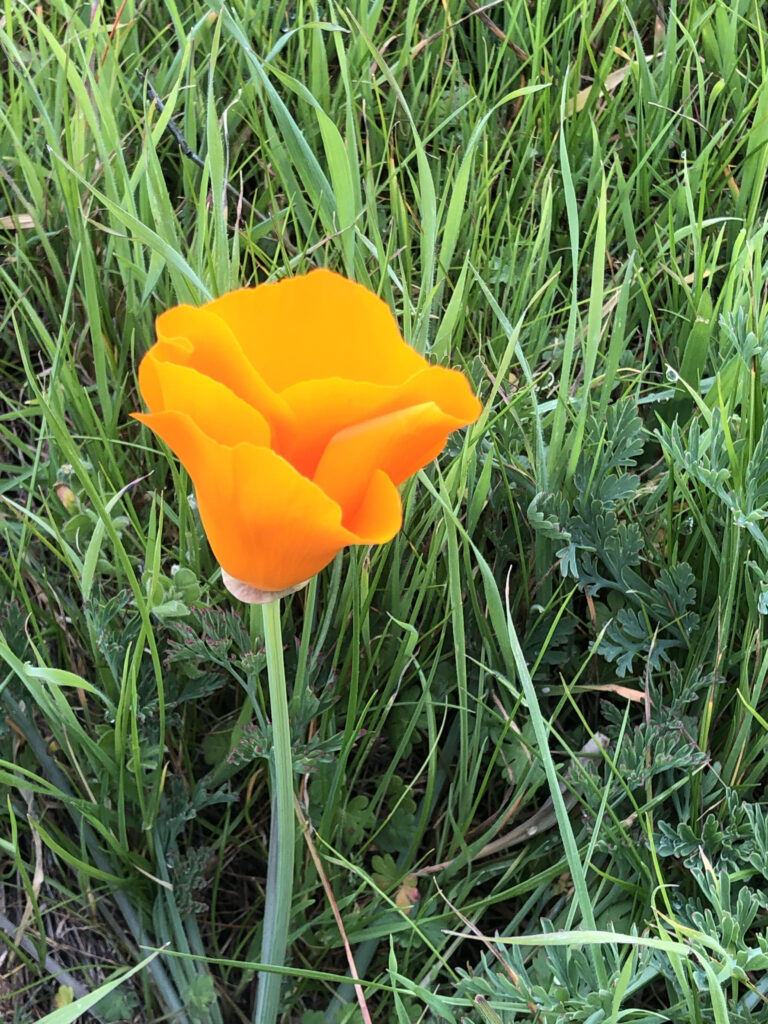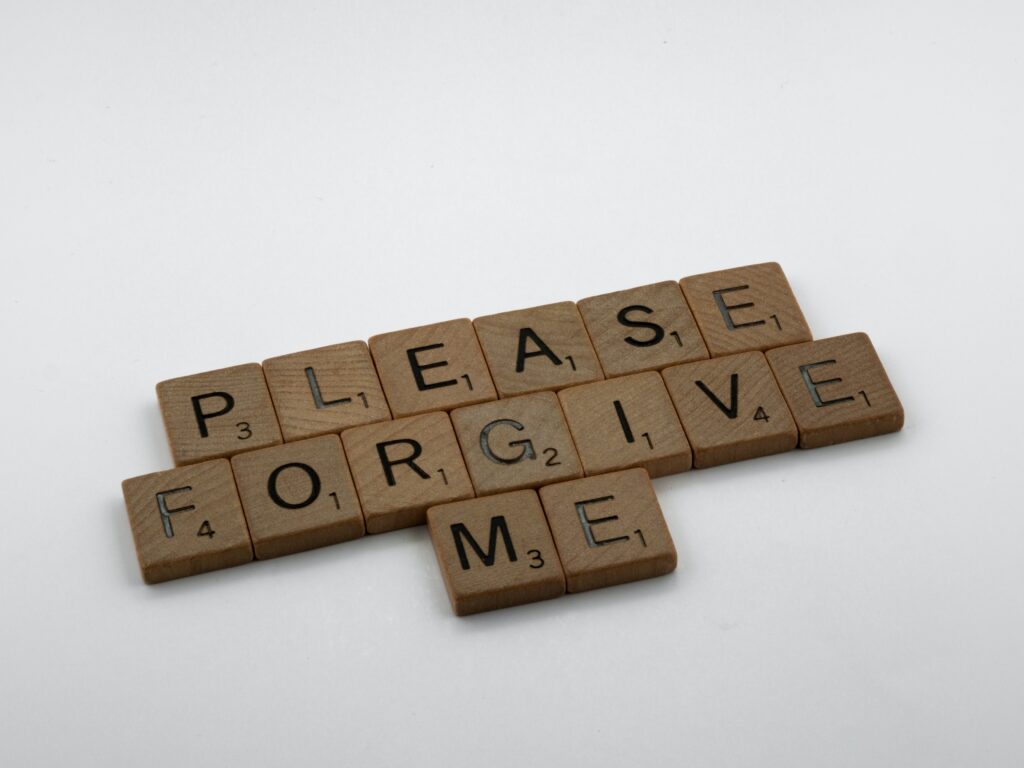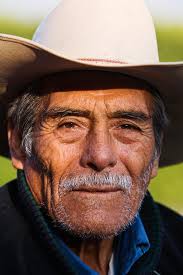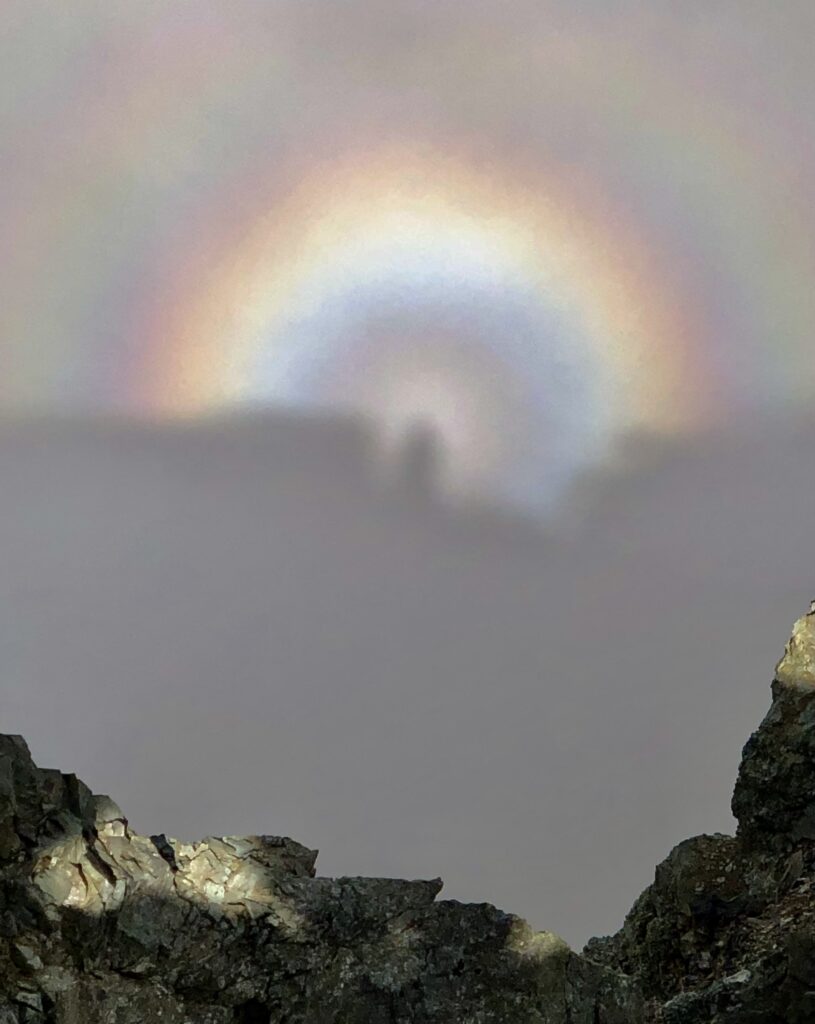
After a tiring, wet hike down from Pinchot Pass, George and I decided to make camp early near the Woods Creek bridge. The sun made a surprising appearance, and I took the opportunity to dry gear and catch some Golden Trout for dinner. After this feast, I found a granite bluff overlooking the forest for my evening yoga and meditation practice.
For Bhakti yogis like me, a goal of meditation is to build relationships with the Supreme Being (Bhagavan) and others. Usually, my meditation is not particularly dramatic. Krishna arrives for a friendly chat, sometimes Saraswati plays a tune, Ganesha takes care of a problem on his cosmic Helpline or I just sit quietly with my own atma (soul). But this evening a very bright wave of energy struck me right in the heart, and from there branched out to my whole body. I felt like I was glowing while completely at peace and ecstatically happy. Sorry, my language skills don’t come close to describing the experience. This pulsing, radiant energy continued for some time, and I identified it as pure Love in a form that I could see, feel, touch, and taste.
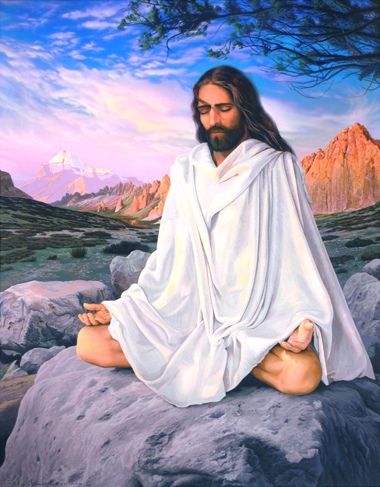
And then an image of Jesus appeared just in front of me in a seated, cross-legged position. He told me that what he was giving me were the energy waves of Unconditional Love. It turned out to be the answer to a prayer. In this blog, I’ve been writing about my mission to understand and practice Kindness, Compassion and Unconditional Love. And here was Jesus right in front of me giving me a taste of it…pretty darn cool. After a while of receiving this bounty, Jesus asked me if I’d like to send some of that Love energy back to him. I gave it a try. At first, what I sent was weak and intermittent, but gradually I improved. My biggest challenge, however, was staying focused. Often, I would lose the moment, as my mind veered off to some other subject. Jesus told me it didn’t matter. All I needed to do was practice to sustain the exchange of Love. I asked if he was here as my tutor, and he agreed. Apparently, part of my curriculum in this lifetime is not only to have an intellectual understanding of Unconditional Love and to practice it, but to be able to feel its energy.
Over the next several days of meditation, Jesus returned to tutor me. I got better at the practice. It occurred to me that it would be helpful to give myself a physical cue to remind me to practice this new gift. Inspired by what Krishna taught in the Bhagavad Gita (Chapter Four) I began a breathing exercise to help me quickly reunite with the taste of Unconditional Love. I inhale to breathe in Love and exhale to share it.

For several months now, on and off the trail, this breathing exercise has helped me to remember how to experience this ecstatic Unconditional Love. This has helped me to extend the feeling longer as I build up my Unconditional Love muscles. Sadly, I’m not living up to the goal of always remembering and never forgetting. That may take a while. And honestly, it’s a lot easier to experience the ecstatic feeling of love than practicing it in my everyday interactions with people.
Fortunately, my tutor is patient with me, and is always there to help when I remember to ask. I haven’t always had such a close relationship with Jesus. While I grew up in the Christian religion, the churches I attended never really gave me a taste of him. The rituals, dogma and culture of religion never spoke to me. However, that changed when I began to pray when I was in my late teens. Prayer helped me to develop a more personal but still weak relationship with Jesus. Later, I studied texts like the Sermon on the Mount, and this helped me to intellectually understand his very revolutionary message of Love…often far different than what the church had to say about it. When I became a yogi, I began to experience this kind of ecstatic connection first with Saraswati and then with Krishna. But this is the first time I’ve had this more in-depth relationship with Jesus. I’ve always said a thank you to Jesus during my daily prayers but didn’t really have an energetic attachment with him. Now I do, and I’m very grateful to call him my tutor.
